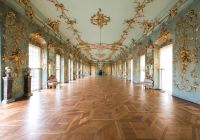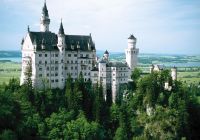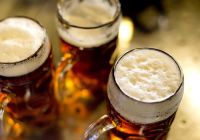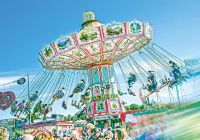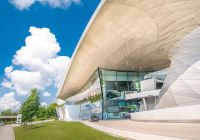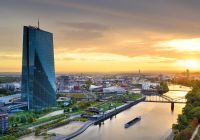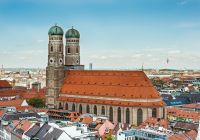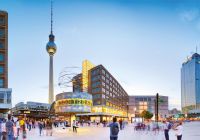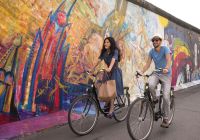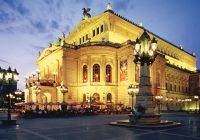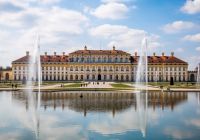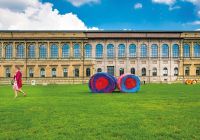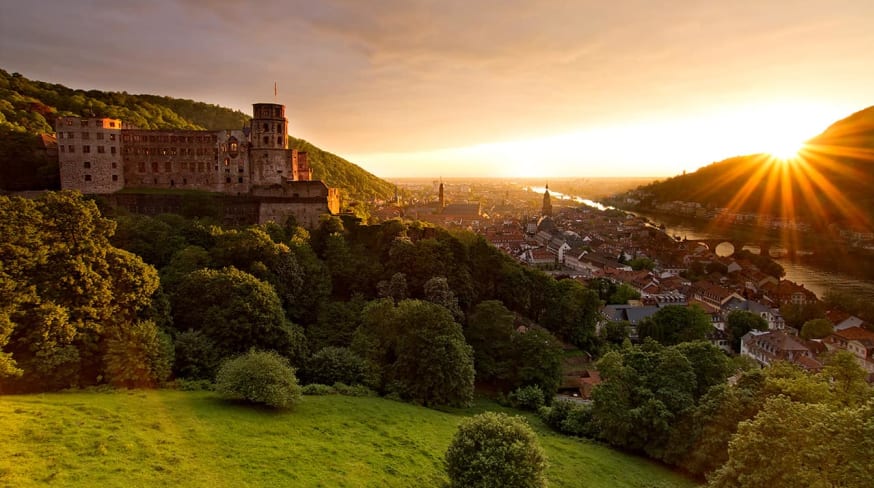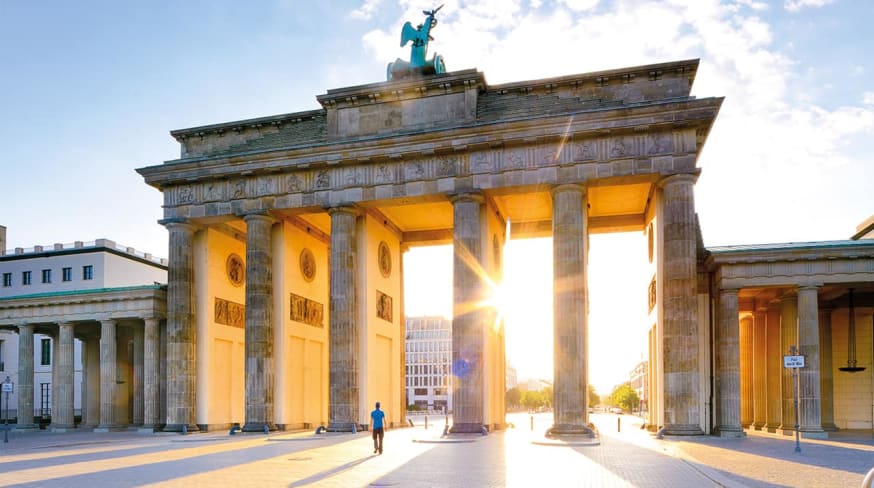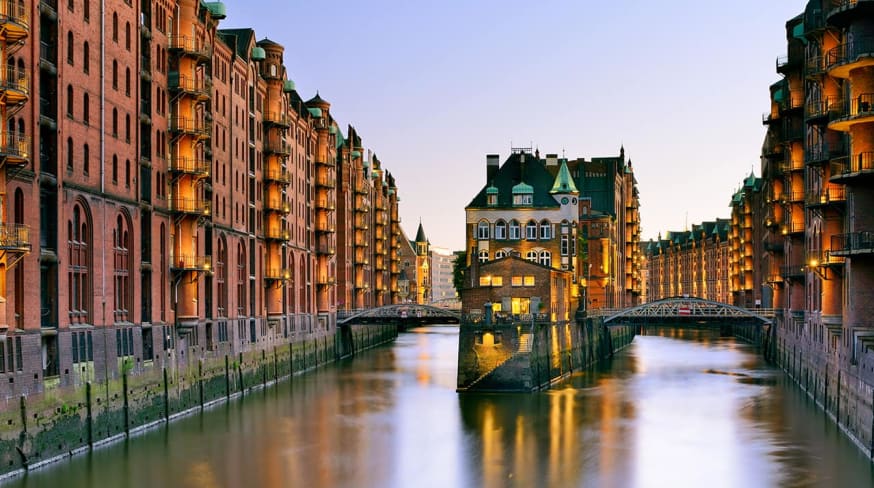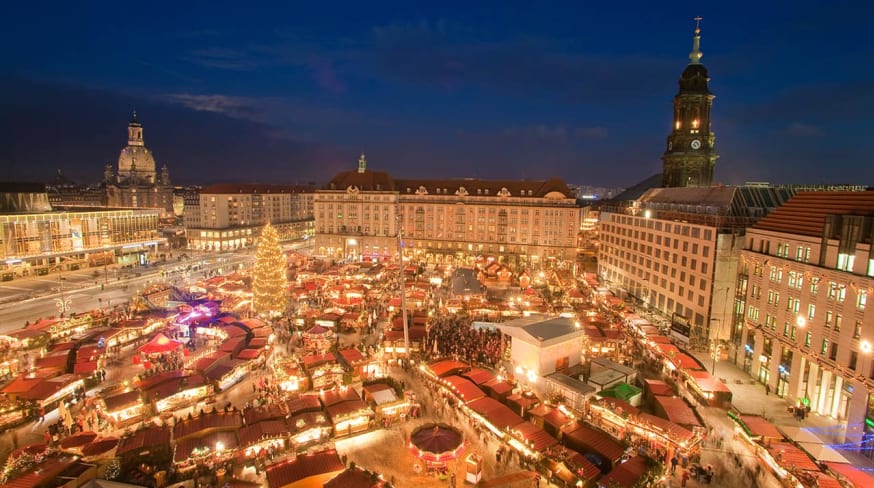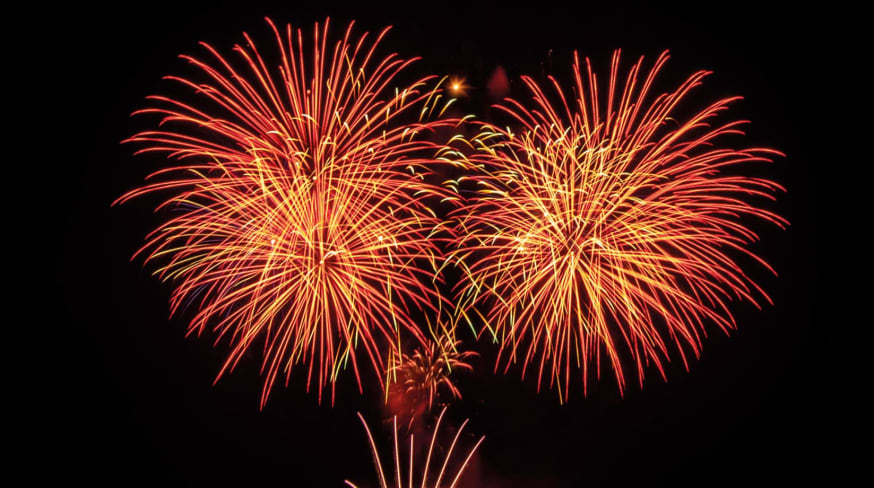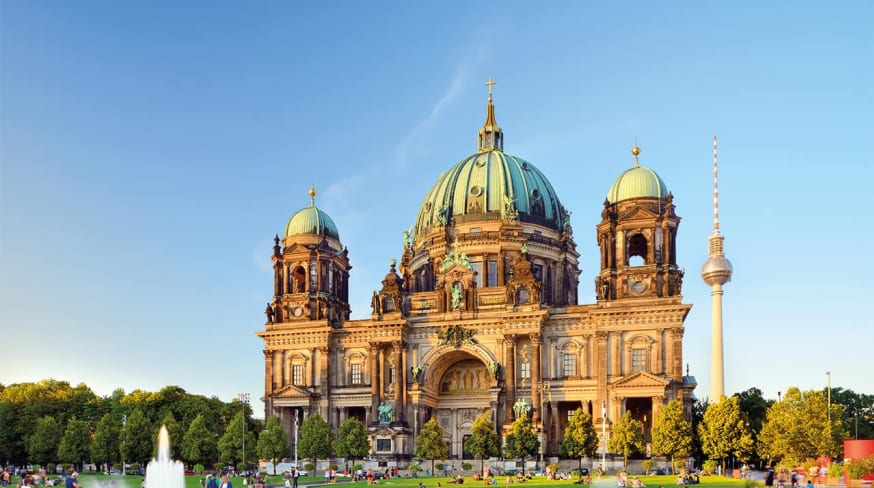Destination Germany
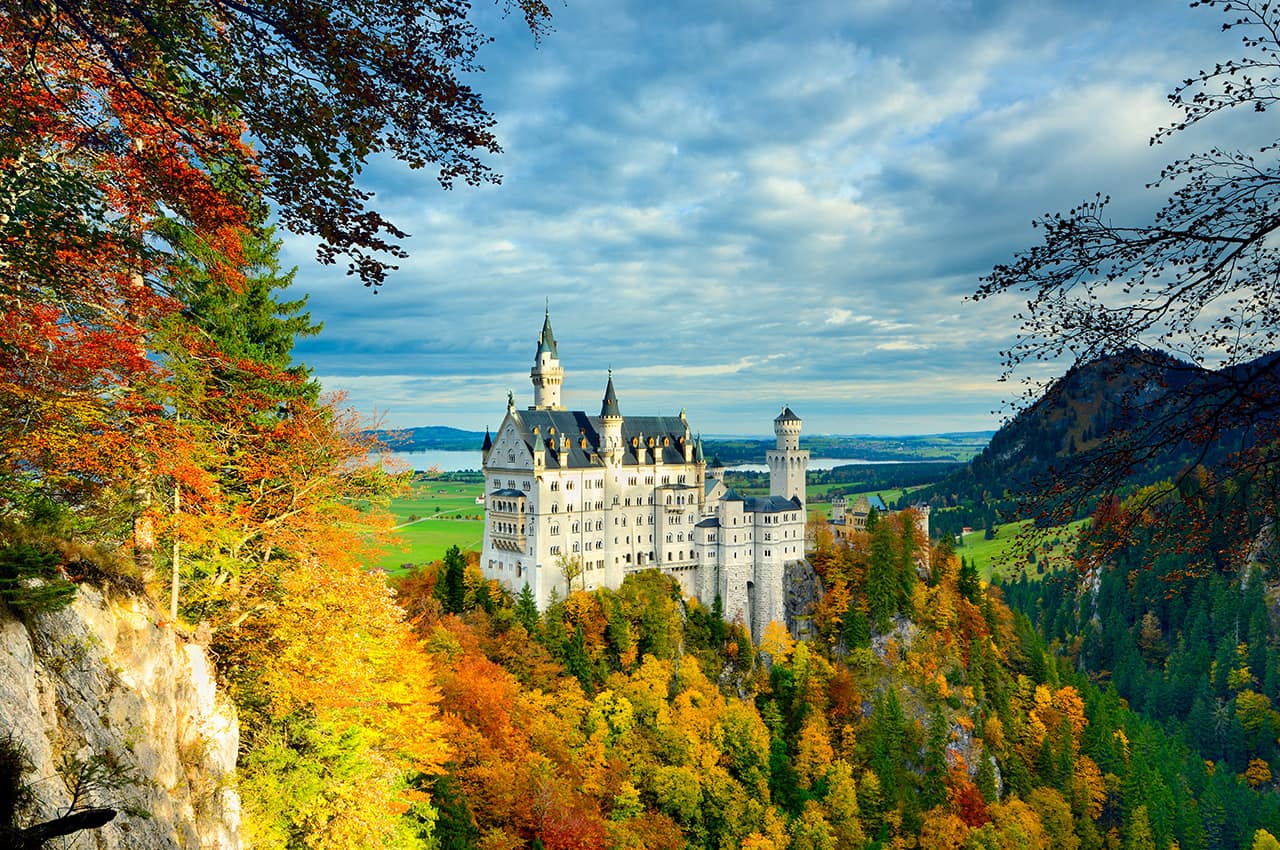
Germany beyond expectations: culture, history and unforgettable scenery
A country with a lot of culture, history and technology
Germany consists of 16 federal states that make up the most populous country in the European Union. Modern and cosmopolitan, it houses diverse traditions and customs.
With more cultural activities than anywhere else in the world, it brings together options for all tastes in over six thousand museums dedicated to art, history, gastronomy, technology and cars. In a combination of art and literature, Germany is the nation of great world-renowned poets and musicians, such as Arno Holz, Achim von Arnim, Brothers Grimm, Ludwig van Beethoven, and Johann Sebastian Bach.
More than a cultural destination, Germany also has natural attractions with 16 national parks, 104 natural parks and 15 Biosphere Reserves. In addition, there are rivers, lakes, waterfalls, mountain ranges, and beaches to be visited in the North Sea.
German people like to get together and celebrate their traditions - during the carnival season, at wine festivals, at Oktoberfest, and during music festivals - all accompanied by good food and drinks such as local wines and beers.
Touristic spots
Berlin
With a history of many twists and turns, the rise and fall of Nazism, Berlin is today one of the most visited capitals in the world, with modern architecture and a range of activities that attract tourists.
What to do in Berlin
- Reichstag Palace: It was built by King William I in 1894, located in the Mitte district. It is currently the seat of the German Parliament and it is possible to schedule a visit.
- Brandenburg Gate: A great symbol of history, it was rebuilt at the end of the 18th century, it marked the division between the east and the west of the country.
- Berlin Wall: After the fall of the Berlin Wall, some parts are still standing. The east side of the wall has been preserved and today it is an open-air art gallery called the East Side Gallery, with paintings by more than 100 artists.
- Museumsinael (Museum Island): An art concentration site declared a World Heritage Site by UNESCO in 1999. It houses five world-renowned museums: Altes Museum, Alte Nationalgalerie, Bode-Museum, Neus Museum and Pergamonmuseum.
Frankfurt
Officially called Frankfurt am Main, it is the richest economic center in the country. A bustling city, with modern buildings, renowned museums, bustling nights and gastronomic specialties.
What to do in Frankfurt
- Goethe-Haus Museum: Place where Johann Wolfgang von Goethe was born. The house is preserved and today it is a museum that tells about the writer's life, in addition to exposing the vision of what life was like for the inhabitants of Frankfurt in the 18th century.
- Palmengarten: One of the three botanic gardens in the city. Founded in 1871, it has an area of 22 hectares, with an exhibition of tropical and subtropical plants from various parts of the world.
- Römerberg: It is the busiest public square in the city, with a complex of buildings from the 15th to the 18th century in the half-timberged architectural style. One of its attractions is the Historical Museum, which has collections of the history of Frankfurt, from the Middle Ages to the Modern Age.
- Senckenberg Natural History Museum: An attraction to enjoy with the family, it is one of the most modern natural history museums in Europe, with an exhibition on dinosaurs from Europe, the different species of birds and stages of animal evolution.
Munich
Capital of Bavaria, it is known as one of the busiest cities in Germany, but it still preserves small-town air.
In Munich there are parties all year round. The best known is Oktoberfest, the beer festival created by Bavarian King Louis I to celebrate his wedding in 1810.
What to do in Munich
- BMW Welt: Automotive Museum, which brings together the history of the global BMW brand, combining the exhibition of cars with new visions for the future of mobility.
- Deutsches Museum: Located on the small island of Museuminsel, it is a museum that has one of the largest collections of science and technology.
- Marienplatz: The heart of Munich since 1158, the scene of the city's festivities, is a place filled with shops and restaurants. It has numerous tourist attractions such as the Neue Rathaus, the city's town hall; Fischbrunnen, a fountain rebuilt after the Second World War, and Mariensäule, the Santa Maria column.
Best time to go to Germany
During spring (March to June) and autumn (September to December), which are considered transition seasons, the temperatures are mild, the temperature varies between 8ºC and 18ºC. During this period there are days with more hours in sunlight.
How to get around Germany
The transport infrastructure in Germany is one of the best in Europe: not only in terms of extension, but also in terms of integration between modes of transport, allowing for quick and easy travel from one place to another in the country.
In the country, travelers can easily move around airports, on a car trip (with great roads) or on train trips through the 5,400 available railway stations.
How to go to Germany
1. If you want to take an incredible trip around Germany without worrying about anything, choose the best travel package here.
2. If you already know all the destinations you want to visit in Germany, create your itinerary here.
3. If you already have everything planned and you just need a ticket to Germany, talk to one of our airline advisors and get the best flight options.
Suggested itinerary in Germany
Kangaroo Tours offers exclusive itineraries designed by expert consultants in this destination.
Do you want to discover wonderful places, stay in incredible hotels and live a unique and unforgettable experience without worrying about anything?




